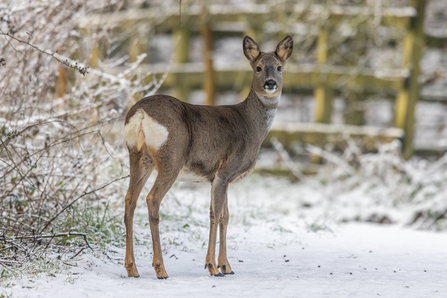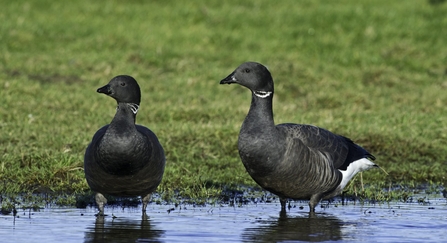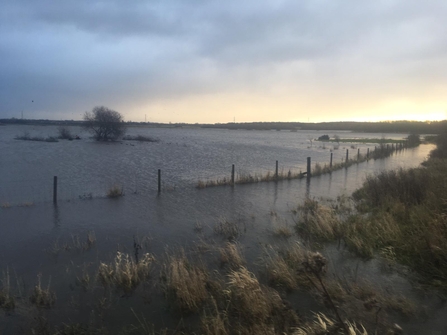Mere Sands Wood
Last month Mere Sands Wood was already busy with bird activity. Kestrels were spotted resting inconspicuously amongst the tree branches and mixed flocks of great tits, long-tailed tits, coal tits and blue tits roved noisily around the reserve, filling up at the feeding stations. The great tits in particular started calling louder and more regularly – breeding season is just around the corner!




